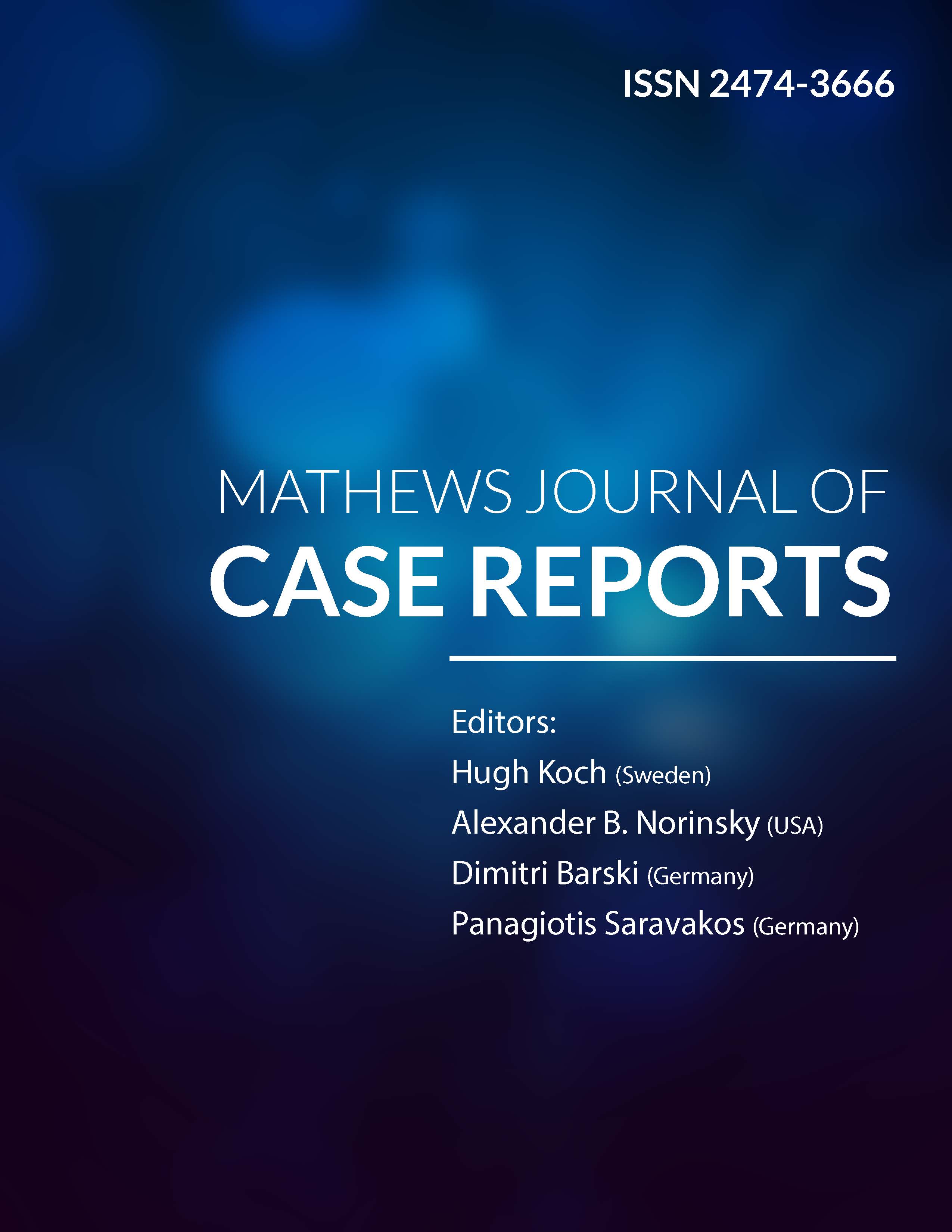
Information Links
Previous Issues Volume 8, Issue 2 - 2023
Evaluation of Plasma Lead Levels in Pregnancy and Outcome Implications, Kinshasa, DR Congo
Tuakashikila YM1, Mata HM1, Kabamba MM1, Mashinda DK2, Mulaji CK1, Elongi JP3, Malumba AM1, Tuakuila JK1,4,*
1Laboratory of Analytical Chemistry and Environmental Toxicology, Faculty of Sciences, University of Kinshasa, Kinshasa, DR Congo
2Schol of Public Health, Faculty of Medicine, University of Kinshasa, Kinshasa, DR Congo
3General Hospital of Kinshasa, DR Congo
4Faculty of Health Sciences, University of Sherbrooke, Quebec, Canada
*Corresponding author: Joel Tuakuila, Analytical Chemistry and Environmental Toxicology Laboratory, Faculty of Sciences, University of Kinshasa, Kinshasa, The Democratic Republic of the Congo, Tel: +243-81-934-7828; E-mail: [email protected].
Received Date: January 18, 2023
Published Date: February 08, 2023
Citation: Tuakuila JK, et al. (2023). Evaluation of Plasma Lead Levels in Pregnancy and Outcome Implications, Kinshasa, DR Congo. Mathews J Case Rep. 8(2):88.
Copyrights: Tuakuila JK, et al. © (2023).
ABSTRACT
The aim of this work was to evaluate plasma Pb levels in pregnancy and their birth outcomes implications. For analysis (n = 396 pregnant women with 56 fetal-maternal clusters), plasma samples were diluted quantitatively with a matrix modifier solution and Pb levels were measured using an atomic absorption spectrophotometer (AA500FG). Compared to women with a normal Body Mass Index, underweight, overweight and obese women group had increased levels of plasma Pb (t-test, p=0.0395). Levels of plasma Pb were also observed in women with a family history of preeclampsia and diabetes mellitus (t-test, p=0.0050 and 0.0312, respectively). At delivery, plasma Pb levels were significantly higher in women as compared to prenatal period [means (±SD), 3.387 µg/L (± 0.965) in 37-42 weeks, 2.060 µg/L (± 0.980) in 20-36 weeks and 1.543 µg/L (± 0.709) in 10-19 weeks, ANOVA, p < 0.0001] and newborns showed higher plasma Pb levels than their mothers [means (±SD), 2.304 µg/L (± 0.644) versus 2.067 µg/L (± 1.067), t-test, p < 0.0001]. Globally, plasma Pb levels show no significant linear negative correlation to all of the birth outcomes (weight, height, ponderal index, Apgar score, gestational age, head circumference).
Keywords: Plasma Lead, Birth Outcomes, Maternal Outcomes, Prenatal Exposure, Kinshasa.